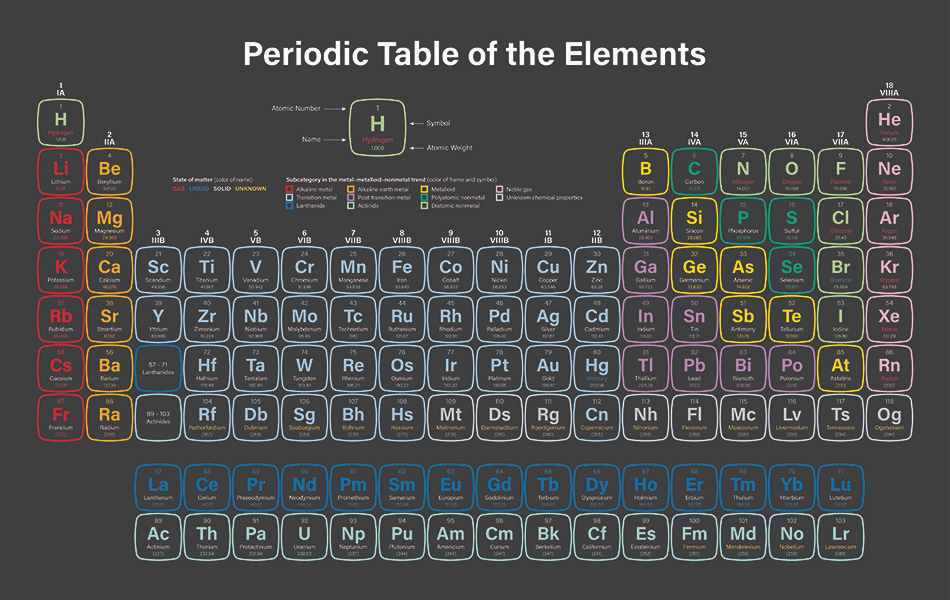Aug 19 2003

Humdan / Shutterstock
Stainless steels and heat-resistant steels are ferrous alloys that include at least 12% chromium. Stainless steel with 12% chromium will be resistant to corrosion or “rusting” upon being exposed to the outside environment. In order to achieve a higher level of corrosion resistance for more rigorous applications, the chromium content may be increased by up to 27%.
Other elements are often added to stainless steels to alter their properties. The following sections give an overview of the effects of different elemental additions.
Carbon
In most of the stainless steel grades, the percentage of carbon is typically restricted to a maximum of 0.08% in the austenitic grades, rather much less. For instance, in 304 L, the grade often recommended for welding, carbon content is limited to a maximum of 0.03%.
Higher carbon contents up to 1.00% make a few of these steels amenable to traditional hardening and tempering heat treatment for creating high strength and hardness levels, such as the 440 grades.
Nickel
The most common element added to the steels is nickel. The austenitic steel grades are achieved by adding 8.00% or more nickel. Lower quantities of nickel will lead to the duplex austenitic-ferritic grades.
Molybdenum
Molybdenum enhances passivity of the surface, leading to better corrosion resistance, specifically pitting in chloride environments.
Titanium
Titanium helps to form strong carbide and is highly effective in stopping precipitation of chromium carbide during welding. Chromium carbide precipitation next to welds can cause weld decay or intergranular corrosion.
Manganese
Manganese is similar to nickel in boosting the formation of austenite. In some steel grades, it is partially used as an alternative to nickel. It is also used in the free-machining grades to which selenium and sulfur are added.
Silicon
Silicon is added in quantities of about 1.00% to enhance scaling resistance of austenitic grades when used at elevated temperatures.
Copper
Copper enhances corrosion resistance in particular applications. Adding 3.00%–4.00% of copper enhances resistance to attack by sulfuric acid.
Sulfur
The sulfur content of steels is typically maintained below 0.03%. When sulfur is increased to about 0.2%, although the machinability improves, the corrosion-resisting properties are affected greatly in many cases.
Niobium and Tantalum
Niobium and tantalum are carbide-stabilizing elements. Their effect is similar to that of titanium. They are more often used in heavier sections. Niobium is added to produce stabilized welding rods, and it is preferred over titanium for this application.
Nitrogen
The role of nitrogen as an alloying element is to boost austenite formation. It can considerably enhance the yield strength of austenitic grades.